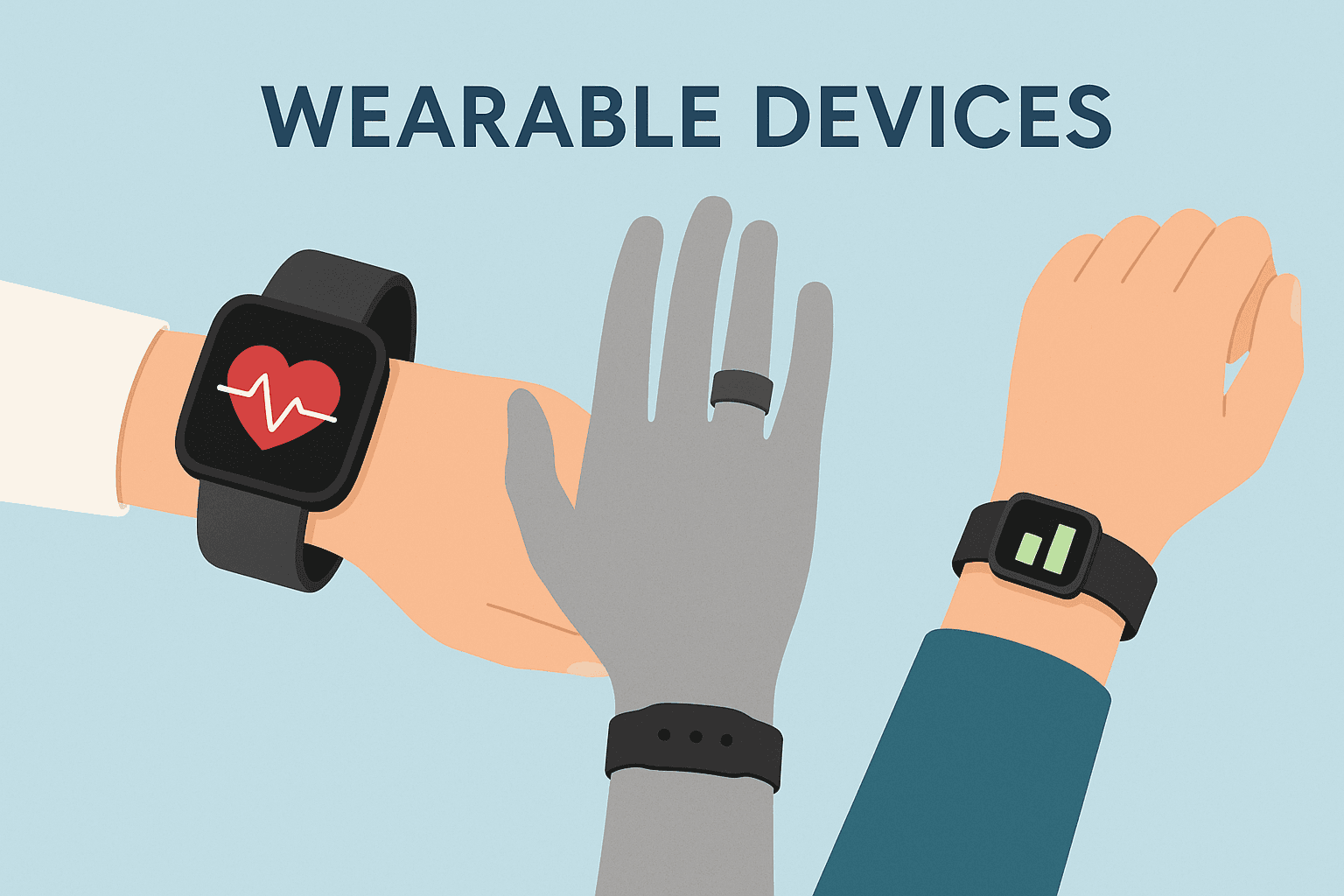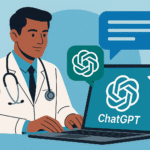Introduction
From smartwatches that track heart rate to earrings that measure temperature, wearable health technologies are reshaping how doctors and patients understand health.
These devices—placed on the wrist, chest, ears, or even embedded in clothing—are turning everyday items into powerful health tools.
At The Doctorpreneur Academy, many doctors are exploring how wearables can enhance patient care, improve data-driven decisions, and transform clinical practice in India.
Let’s look at how these 18 devices work and what they mean for Indian doctors.
1. Headbands – Sleep and Brainwave Tracking
Headbands use EEG technology to monitor sleep quality and brain activity.
They can help patients with insomnia, meditation, or mental fatigue by tracking REM and deep sleep patterns.
2. Smart Earrings – Temperature and Stress
Temperature-tracking earrings can pick up minute body temperature changes that indicate stress, fertility windows, or hormonal shifts.
As they get smarter, they may also monitor heart rate or movement.
3. Arm Patches – Glucose Monitoring
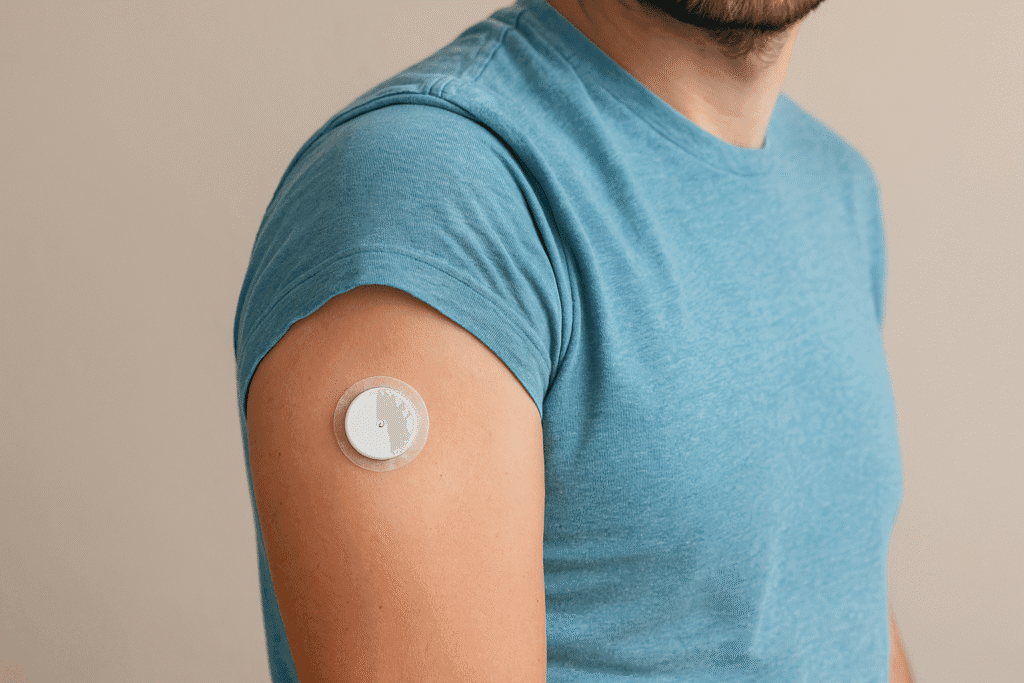
Continuous glucose monitors (CGMs) are revolutionizing diabetes management.
Small patches on the arm provide real-time glucose data without painful pricks—vital for both diabetic and prediabetic patients.
4. Smart Tattoos—The Future of Invisible Monitoring
Imagine a “lab on your skin.”
Smart tattoos can monitor hydration, glucose, or blood pressure seamlessly.
They represent the next leap in noninvasive diagnostics and patient comfort.
5. Chest Patches – Vital Signs & Blood Pressure
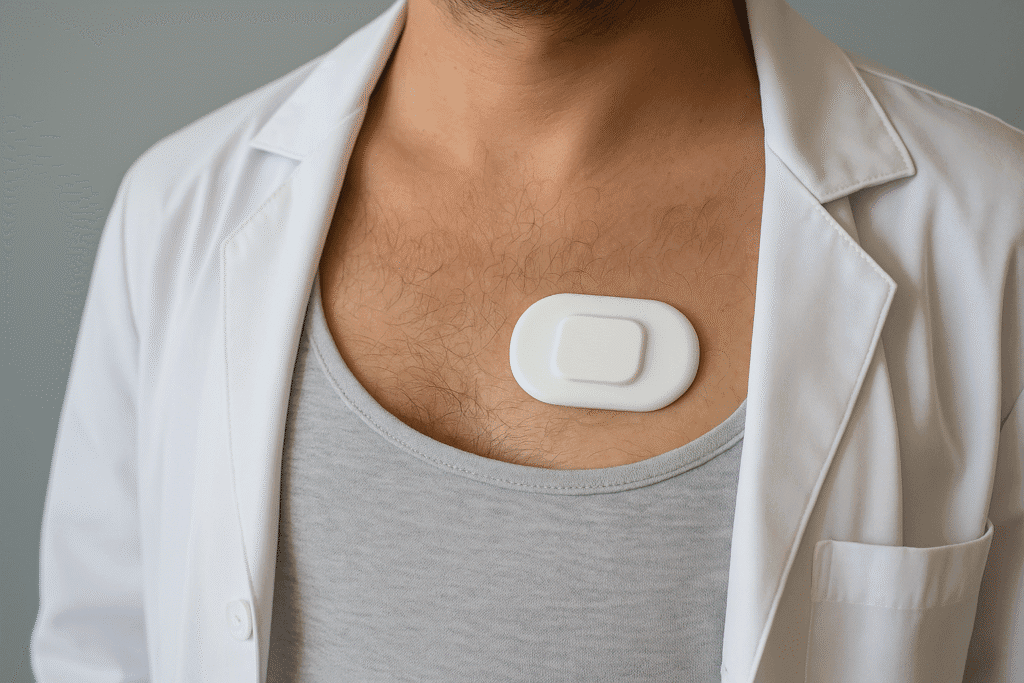
Chest patches can continuously record heart rate, ECG, and blood pressure, providing a real-time look at a patient’s cardiac status.
They are ideal for remote monitoring of chronic cardiac patients.
6. Belt Sensors—Stress and Heart Health
Waist-worn belts can detect stress, thoracic impedance, and ECG patterns—helping with heart failure management.
These could alert doctors to early changes in patient health, preventing hospital readmissions.
7. Smart Clothing—The Future Wardrobe
Smart T-shirts or bras can track respiration, posture, or vital signs during physical activity or hospital stays.
They bring comfort and constant monitoring together—a huge benefit for post-surgery patients.
8. Smart Socks – Diabetic Foot Protection
With built-in temperature sensors, smart socks can alert patients and doctors about inflammation or ulcer risks, enabling early treatment.
For diabetic patients in India, this could prevent major complications.
9. Smart Insoles – Fitness & Gait Tracking
Smart shoe soles analyze posture, steps, and pressure points, helping doctors with rehabilitation, sports medicine, and fall-risk analysis.
10. Upper Arm Devices – Portable Monitors for Blood Pressure and Heart Sounds
Blood pressure checks are routine in every clinic, but imagine being able to monitor it continuously and comfortably—without bulky cuffs or clinic visits.
Devices like the Withings BPM Core and Viatom Armfit+ are transforming how patients track blood pressure, ECG, and heart sounds at home. These sleek upper-arm devices give accurate readings and even detect early signs of hypertension or heart rhythm issues.
11. Smartwatch on Your Left Arm – Fitness, Blood Pressure & Vital Signs
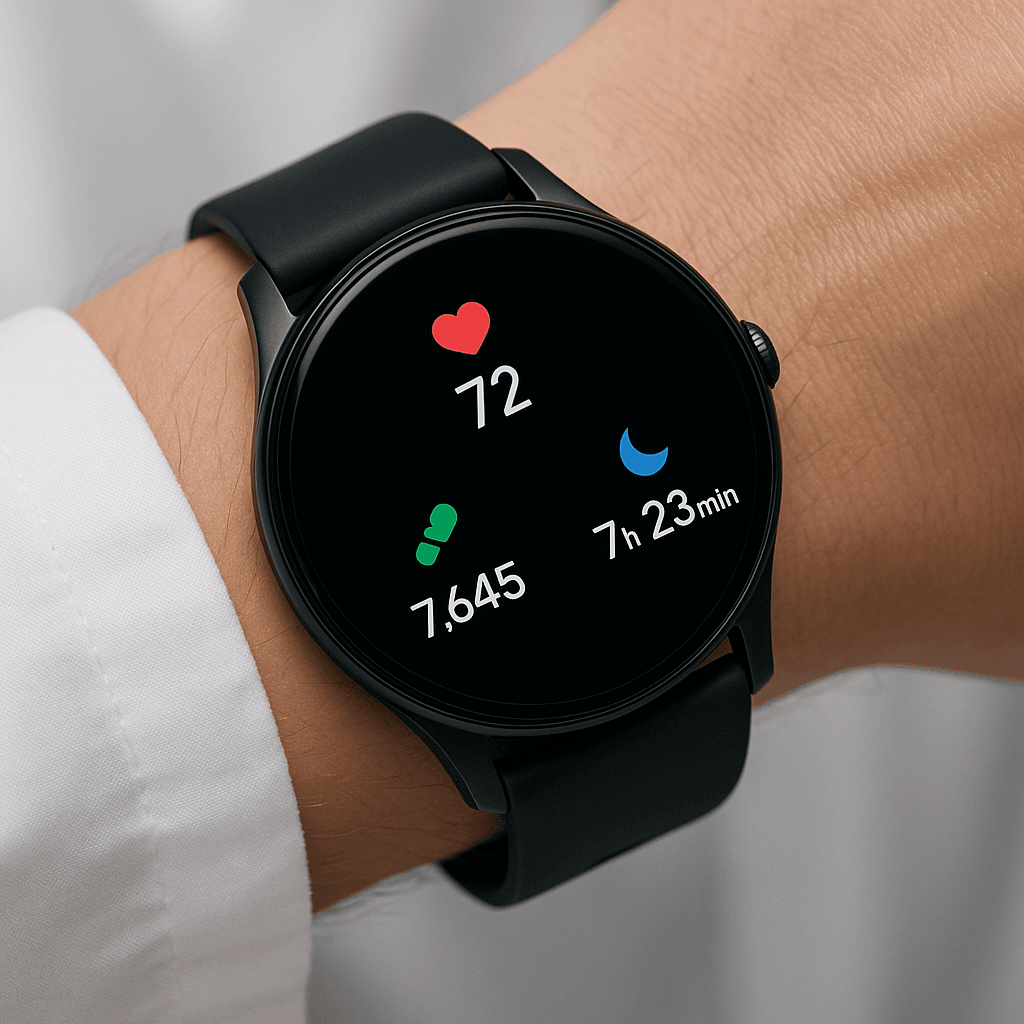
Smartwatches are no longer just fitness gadgets—they are mini health labs on your wrist.
Modern smartwatches from brands like Apple, Samsung, and Fitbit can track heart rate, ECG, sleep quality, blood oxygen levels (SpO₂), and even detect irregular heart rhythms like aFib.
12. Smart Bracelet on Your Right Arm—Real-Time Blood Pressure and Fitness Tracking
Smart bracelets offer a simpler, more affordable way to track blood pressure, heart rate, and activity throughout the day.
Using optical sensors (PPG technology), these devices provide continuous monitoring—a big step up from occasional manual checks.
13. Smart Rings—Compact Powerhouses
Smart rings track sleep, heart rate, oxygen, and temperature, making them ideal for doctors who prefer minimal devices.
The much-awaited Samsung Galaxy Ring is expected to set new standards in wearable diagnostics.
14. Smart Necklaces—Fall Detection for the Elderly
Smart necklaces are especially useful for senior care. They detect falls, alert family or doctors, and may soon include vital tracking—merging safety with style.
15. Smart Glasses—Vision and Eye Health
Smart glasses can assist people with low vision or perform at-home eye tests.
They could make vision care more accessible and affordable, especially in rural India.
16. Thumb Oximeters – Oxygen Saturation Tracking
Mini pulse oximeters designed for continuous wear help monitor respiratory health, detect sleep apnea, or track recovery in post-COVID or COPD patients.
17. Smart Inhalers – Asthma Management
Smart inhalers track usage, remind patients of doses, and log data for analysis.
They empower both patients and pulmonologists to maintain better control of asthma and COPD.
18. In-Ear Sensors – Ear Health & More
In-ear devices can now record body temperature, ear canal videos, or other metrics, helping with teleconsultations and remote ENT care.
What Does It Mean for Doctors in India?
For Indian doctors, wearable tech is more than a trend—it’s an opportunity:
- Preventive Care: Doctors can track patient data even before disease symptoms appear.
- Telemedicine Boost: Integrate wearable data into online consultations.
- Patient Engagement: Encourage patients to actively monitor their own health.
- New Specializations: Digital health, data-driven diagnostics, and AI-enabled monitoring will create new career paths for forward-thinking doctors.
The global wearable health market is projected to grow exponentially.
India—with its young population and rising tech adoption—is one of the fastest-growing wearable markets.
At The Doctorpreneur Academy, doctors are already preparing to integrate these tools into their clinics and patient care systems.
Key Learnings for Indian Doctors
✅ Stay informed about digital health technologies.
✅ Use wearable data to make personalized, preventive treatment plans.
✅ Collaborate with digital startups and AI health platforms.
✅ Encourage patients to use reliable wearables—and interpret their data wisely.
Conclusion
From headbands to smart socks, wearable tech is redefining how doctors and patients interact.
These tools empower doctors to deliver continuous, personalized, and data-driven care, bridging the gap between hospital visits and home monitoring.
💬 The doctor of tomorrow will not just read test reports—they’ll read real-time health data from wearable devices.
👉 To register for our next masterclass, please click here: https://linktr.ee/docpreneur


